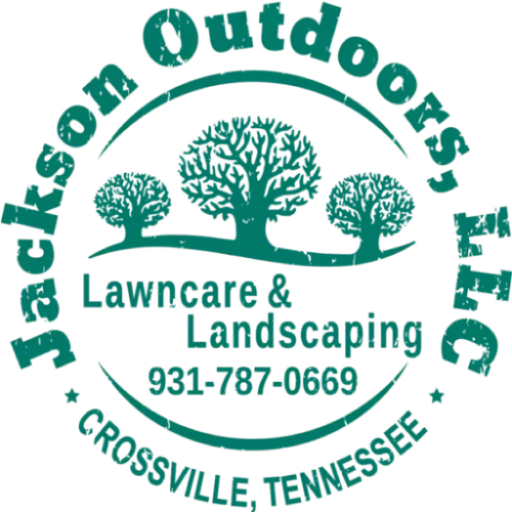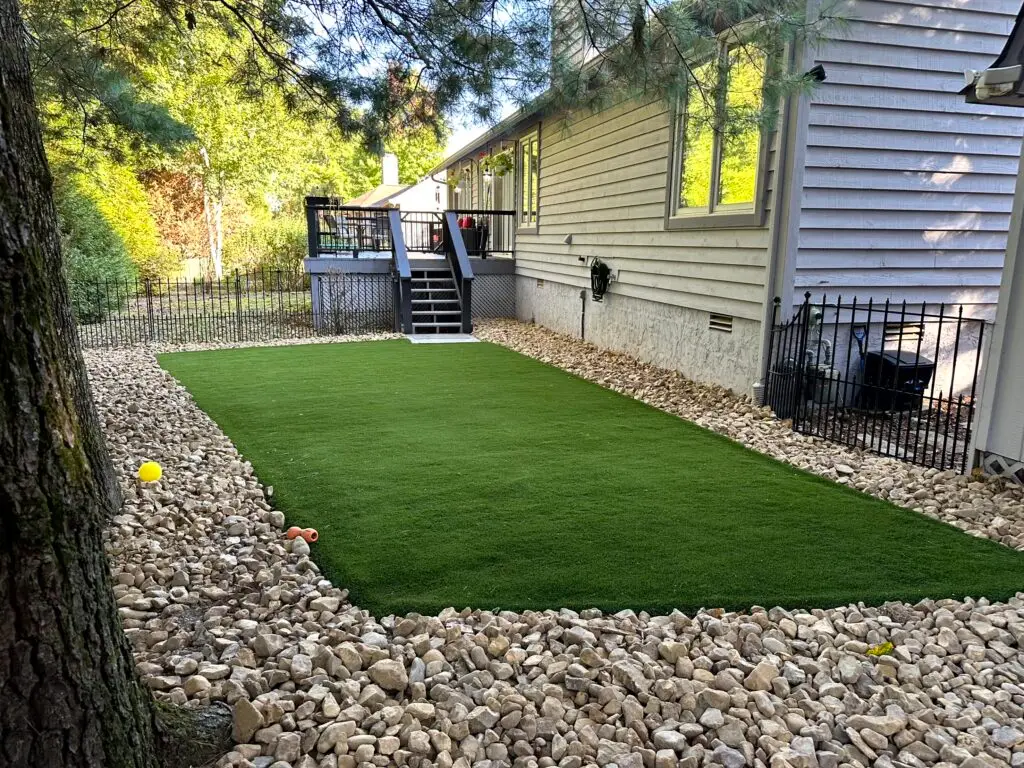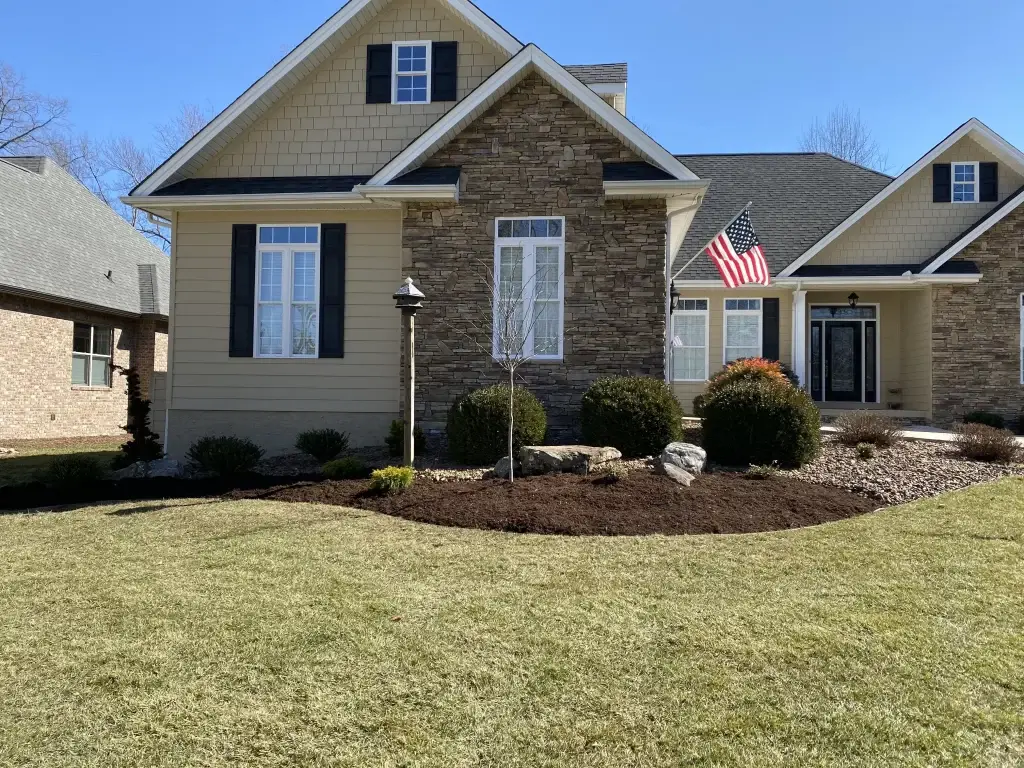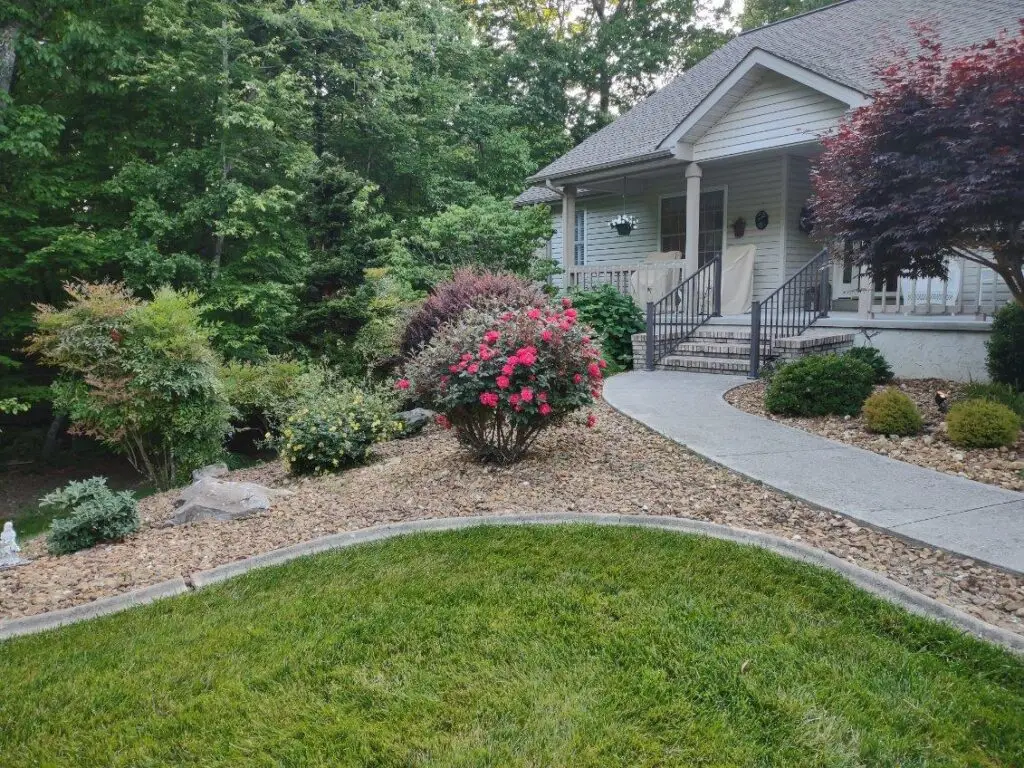Your home’s exterior is the first thing visitors and potential buyers see. A beautifully designed outdoor space not only elevates your property’s value but also creates an inviting atmosphere that reflects your personal style. In today’s competitive market, curb appeal is more than just a buzzword—it’s an essential element of home design. In this ultimate guide, we explore how landscaping, hardscaping, and synthetic lawns can work together to transform your property’s exterior into a captivating, low-maintenance oasis.
Introduction: The Importance of Curb Appeal
Curb appeal plays a critical role in setting the tone for your entire property. Whether you’re planning to sell your home or simply want to enjoy a beautiful outdoor space every day, investing in your yard is key. A well-executed combination of lush landscaping, striking hardscape elements, and innovative synthetic lawn solutions can dramatically boost your home’s aesthetic appeal and functionality.
Key Benefits of Enhanced Curb Appeal:
- Increased Property Value: Attractive exteriors are known to raise home values.
- First Impressions Matter: A stunning front yard creates an immediate positive impact.
- Low-Maintenance Options: Combining different elements can reduce upkeep while retaining beauty.
- Versatility: The right design supports various outdoor activities—from relaxing to entertaining.
By blending natural beauty with engineered design, you can create a cohesive, eye-catching exterior that stands out in any neighborhood.
Section 1: The Power of Professional Landscaping
Landscaping forms the foundation of your outdoor space and has a direct impact on curb appeal. Thoughtful plant selection, proper maintenance, and creative design can transform an ordinary yard into a vibrant, living work of art.
1.1 Strategic Plant Selection and Placement
Why It Matters:
Choosing the right plants enhances color, texture, and seasonal interest. Strategic placement of trees, shrubs, and flowers not only frames your home beautifully but also provides balance and depth.
Tips for Success:
- Native and Adapted Species: Use plants suited to your local climate. They typically require less water and maintenance.
- Seasonal Interest: Incorporate a mix of perennials and annuals to ensure year-round visual appeal.
- Focal Points: Create natural focal points, such as specimen trees or a vibrant flower bed, that draw the eye toward your home’s entrance.
1.2 Enhancing Biodiversity and Sustainability
Why It Matters:
A biodiverse landscape is not only visually appealing but also resilient. It supports local wildlife, improves soil health, and reduces the need for chemical inputs.
Tips for Success:
- Mixing Plant Types: Combine flowering plants, evergreens, and ornamental grasses to create a layered look.
- Eco-Friendly Practices: Employ organic fertilizers and sustainable practices to keep your landscape healthy and vibrant.
- Water Efficiency: Use mulching and drip irrigation systems to conserve water while maintaining lush growth.
Section 2: The Role of Hardscaping in Outdoor Design
Hardscaping refers to the inanimate features of your yard—patios, walkways, retaining walls, and outdoor structures—that add structure and functionality. Integrating hardscape elements can elevate your yard’s visual appeal while reducing the need for constant maintenance.
2.1 Creating Functional Outdoor Living Areas
Why It Matters:
Hardscaping not only enhances aesthetic appeal but also creates usable spaces. These areas become extensions of your home, ideal for dining, entertaining, or simply relaxing.
Design Ideas:
- Patios and Decks: A well-designed patio or deck provides a comfortable area for outdoor gatherings. Choose materials that complement your home’s architecture.
- Outdoor Kitchens and Fire Features: Enhance usability with an outdoor kitchen, built-in grill, or fire pit. These features add warmth and a sense of luxury.
- Pathways and Entryways: Well-lit, aesthetically pleasing pathways guide visitors to your front door while enhancing overall design coherence.
2.2 Materials and Techniques That Make a Difference
Why It Matters:
The choice of materials in hardscaping can significantly impact the durability, look, and feel of your outdoor space.
Tips for Success:
- Natural Stone and Pavers: These timeless materials add elegance and are highly durable.
- Stamped Concrete: An affordable alternative that can mimic more expensive materials.
- Integrated Lighting: Soft, ambient lighting embedded in walkways and patios adds drama and functionality at night.
- Custom Elements: Consider custom features like engraved pavers or artistic retaining walls to make your outdoor space uniquely yours.
Section 3: The Advantages of Synthetic Lawns
Synthetic lawns have emerged as a popular option for homeowners seeking the beauty of a green, well-manicured yard without the high maintenance associated with natural grass. They are especially appealing in areas where water conservation and low upkeep are priorities.
3.1 Benefits of Synthetic Lawns
Why It Matters:
Artificial turf offers consistent aesthetics and significant savings in time and maintenance costs.
Key Benefits:
- Low Maintenance: Synthetic lawns eliminate the need for mowing, watering, and fertilizing.
- Water Conservation: They are an eco-friendly choice in regions where water is scarce.
- Year-Round Appeal: Enjoy a vibrant, green lawn regardless of seasonal changes or weather extremes.
- Durability: Ideal for high-traffic areas, synthetic lawns are designed to withstand wear and tear.
- Allergy-Friendly: For those sensitive to pollen, synthetic turf offers a hypoallergenic alternative.
3.2 Design Considerations for Synthetic Lawns
Why It Matters:
Integrating synthetic lawns into your outdoor design can be done tastefully and effectively. When paired with natural elements, they enhance your space without feeling artificial.
Tips for Success:
- Seamless Integration: Use synthetic turf in areas where natural grass struggles, such as around walkways or in high-traffic zones, while maintaining natural plantings elsewhere.
- Proper Installation: Ensure professional installation for the best appearance and drainage.
- Complementary Design: Combine with hardscaping and strategic landscaping to create a balanced, cohesive look.
- Maintenance Simplicity: Regularly brush and rinse the turf to keep it looking fresh and natural.
Section 4: Maximizing Curb Appeal with a Cohesive Design
Combining landscaping, hardscaping, and synthetic lawns creates a multi-layered approach to curb appeal. The key is to design an outdoor space where every element complements the others, resulting in a harmonious, attractive, and functional exterior.
4.1 Design Integration for a Cohesive Look
Why It Matters:
A unified design that ties together natural and engineered elements creates a powerful first impression.
Strategies for Integration:
- Color Coordination: Use a consistent color palette across plantings, hardscape materials, and synthetic turf accents.
- Texture and Contrast: Blend the softness of natural foliage with the structured lines of hardscape features for visual interest.
- Flow and Movement: Design pathways and seating areas that lead the eye seamlessly from one element to the next.
- Zoning: Define areas for relaxation, entertainment, and utility. For example, use synthetic lawns for play areas while keeping natural grass in decorative zones.
4.2 Enhancing Functionality and Usability
Why It Matters:
A beautiful outdoor space should also be practical. Enhancing functionality ensures that your yard isn’t just attractive—it’s also enjoyable and easy to use.
Tips for Usability:
- Outdoor Lighting: Install layered lighting to illuminate pathways, highlight key features, and create a welcoming ambiance in the evening.
- Furniture and Decor: Choose outdoor furniture that blends comfort with style. Accessories like planters, sculptures, and water features add personality.
- Seasonal Adaptability: Design with flexibility in mind. Incorporate elements that work well in multiple seasons to keep your curb appeal high year-round.
- Low-Maintenance Features: Prioritize elements that require minimal upkeep. Synthetic lawns, durable hardscape materials, and native plantings all contribute to a low-maintenance yet beautiful landscape.
Section 5: Cost-Effective Strategies to Boost Curb Appeal
Enhancing your home’s exterior doesn’t have to be prohibitively expensive. With smart planning and strategic investments, you can achieve a high-impact look on a budget.
5.1 DIY Versus Professional Services
Why It Matters:
Deciding whether to tackle projects yourself or hire professionals depends on your budget, skill level, and time availability.
Tips for Budget-Friendly Enhancements:
- DIY Projects: Simple tasks like planting, mulching, and minor hardscape improvements can often be handled on your own.
- Professional Consultation: For more complex projects like synthetic lawn installation or custom hardscaping, a professional touch can save time and ensure quality.
- Cost-Benefit Analysis: Consider long-term savings in maintenance and increased property value when evaluating initial investments.
5.2 Sustainable Investments
Why It Matters:
Sustainable design isn’t just good for the environment—it also reduces long-term maintenance costs.
Key Investments:
- Water-Efficient Irrigation: Install smart irrigation systems to conserve water and lower utility bills.
- Durable Materials: Choose high-quality, durable materials for hardscaping and synthetic turf that offer longevity and minimal upkeep.
- Native Plantings: Invest in native and drought-tolerant plants that reduce water and fertilizer needs while enhancing your landscape’s natural beauty.
Frequently Asked Questions (FAQ)
Q1: How can I maximize curb appeal without spending a fortune?
A: Focus on integrating cost-effective elements like native plantings, DIY mulching, and strategically placed hardscape features. Prioritize investments that reduce long-term maintenance costs, such as synthetic lawns in high-traffic areas and efficient irrigation systems.
Q2: Can synthetic lawns really look natural?
A: Modern synthetic turf is designed to closely mimic the appearance of natural grass, offering a consistently green, lush look year-round. When installed and maintained properly, it blends seamlessly with landscaped areas.
Q3: What are the benefits of combining landscaping with hardscaping?
A: The combination creates a balanced outdoor space that is both beautiful and functional. Landscaping softens hardscape elements, while hardscaping provides structure and usability—resulting in enhanced curb appeal and increased property value.
Q4: How often should I update my outdoor design to maintain curb appeal?
A: While major overhauls aren’t necessary every year, periodic updates—such as seasonal planting, refreshing hardscape features, or upgrading lighting—can keep your outdoor space looking current and inviting.
Q5: Do sustainable landscaping practices really save money in the long run?
A: Yes, sustainable practices like water-efficient irrigation, native plantings, and low-maintenance synthetic lawns can significantly reduce ongoing costs while also benefiting the environment.
Conclusion: Elevate Your Home’s Exterior Today
Transforming your outdoor space into an attractive, low-maintenance oasis doesn’t have to be overwhelming. By combining thoughtful landscaping, creative hardscaping, and innovative synthetic lawn solutions, you can dramatically enhance your home’s curb appeal and overall value. Whether you opt for DIY projects or professional services, the key is to design a cohesive, sustainable space that reflects your personal style and meets your lifestyle needs.
Embrace the trends outlined in this guide to create a dynamic outdoor environment that serves as an extension of your home. With the right balance of natural beauty and engineered functionality, your yard can become a true reflection of your vision—one that welcomes guests, increases property value, and offers a haven for relaxation.
Ready to elevate your curb appeal? Start planning your outdoor transformation today, and watch as your home becomes the envy of the neighborhood.



